Brief Introduction
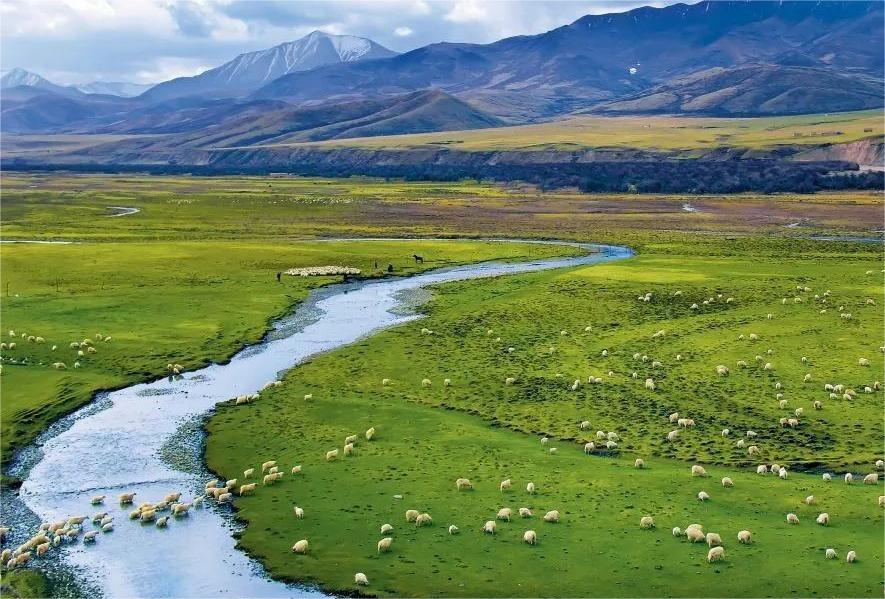
It is hard to find another place in the world where so many famous mountains and rivers are gathered together. It is hard to find three such great rivers in the world, so close and connected. This is the magnificent Sanjiangyuan.
Sanjiangyuan National Nature Reserve is located in the hinterland of the Qinghai-Tibet Plateau and the south of Qinghai Province. It is the birthplace of the Yangtze River, the Yellow River, and the Lancang River, known as the Chinese Water Tower and the Asian Water Tower. It is the largest nature reserve and the highest natural wetland in China and is a nature reserve with the highest concentration of biodiversity at high altitudes in the world. Sanjiangyuan National Reserve covers an area of 123,100 square kilometers, involving 12 townships and 53 administrative villages.
Sanjiangyuan National Nature Reserve mainly presents a variety of landforms, including bare rock glaciers, alpine meadow grasslands, shrubs, glacier-snow mountains, wildlife, and rivers.
Introduction of Three Rivers Source
The source area of the Three Rivers is densely covered with rivers, many lakes and swamps, and extensive snow-capped mountains and glaciers. It is the area with the highest altitude, the largest area, and the most abundant wetland types in the world. The source area of the Yellow River is 167,000 k㎡, accounting for 46% of the total area of the source area of the Sanjiangyuan. The source area of the Yangtze River covers an area of 159,000 k㎡, accounting for 44%; The source area of the Lancang River covers an area of 37,000k㎡, accounting for 10%.
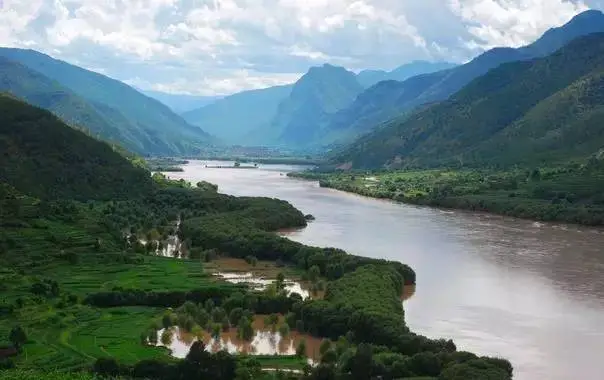
The source region of the Yangtze River is located in Zhiduo County and Qumalai County of Yushu Tibetan Autonomous Prefecture, including the Hoh Xil National Nature Reserve and the Soga-Quma River Protection Zone. The desert ecosystem, alpine grassland, and wetland ecosystems are rich in biodiversity, including Tibetan antelope, wild yak, Tibetan wild donkey, rock sheep, white-lipped deer, snow leopard, brown bear, Wolf, eagle, and other key protected animals, as well as Yangtze River naked carp and other protected indigenous fish, known as the "wildlife paradise". It focuses on protecting the snow-capped mountains and glaciers at the source of the Yangtze River, the wetlands of alpine rivers, grasslands and meadows, and wildlife, especially the wild animals of national priority protection, such as Tibetan antelope, snow leopards, and Tibetan wild donkeys.
The source region of the Yellow River is located in Maduo County, Guoluo Prefecture, including
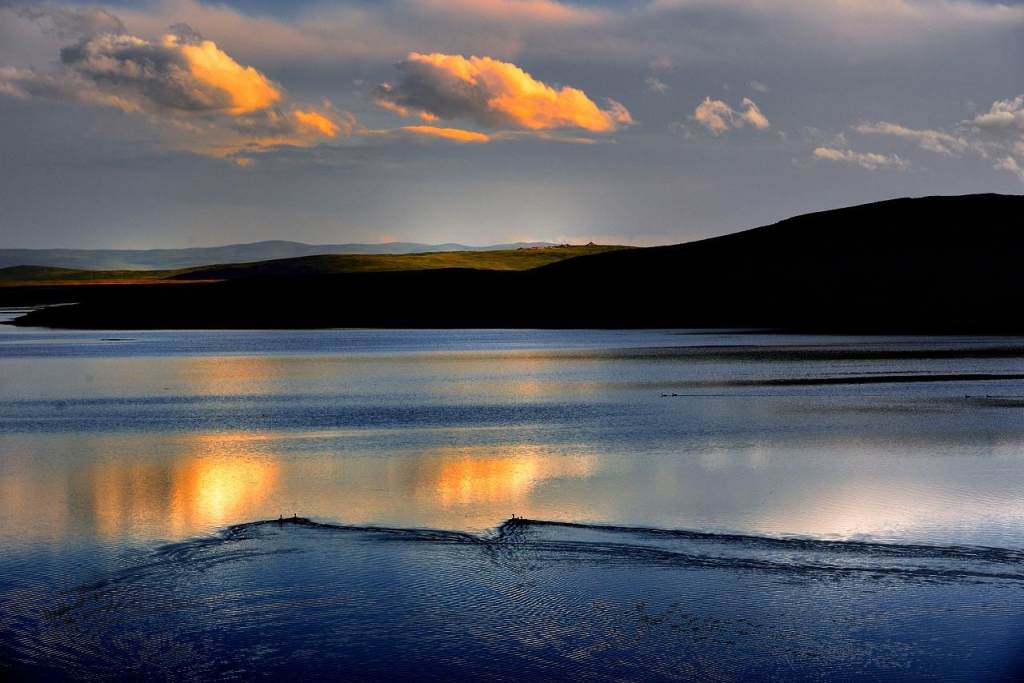 Zhaling Lake - Eling Lake
Zhaling Lake - Eling Lake
two protection areas Zhaling Lake - Eling Lake and Star Sea in Sanjiangyuan National Nature Reserve. Zhaling Lake and Eling Lake in the source area of the Yellow River are the two largest natural lakes in the upper reaches of the Yellow River. Together with the Star Sea and other lakes, they form the "thousand lakes" landscape of the source of the Yellow River. Alpine wetlands and grassland ecosystems at Yellow River Source have unique forms. Wild animals such as Tibetan wild donkeys, Tibetan gazelle, brown bears, snow leopards, wolves, black-necked cranes, eagles, red shelducks, bar-headed geese, and indigenous fish such as piebald carp and thick-lipped heavy-lipped fish are widely. It focuses on protecting the ecological landscape of the source lakes and wetlands, carrying out the Yellow River exploration and natural ecological experience, displaying the landscape of thousand lakes on the plateau, observing wildlife at close range, pursuing and understanding the culture of the Yellow River and Tibetan people, and experience the traditional life and ethnic customs of the Tibetan people.
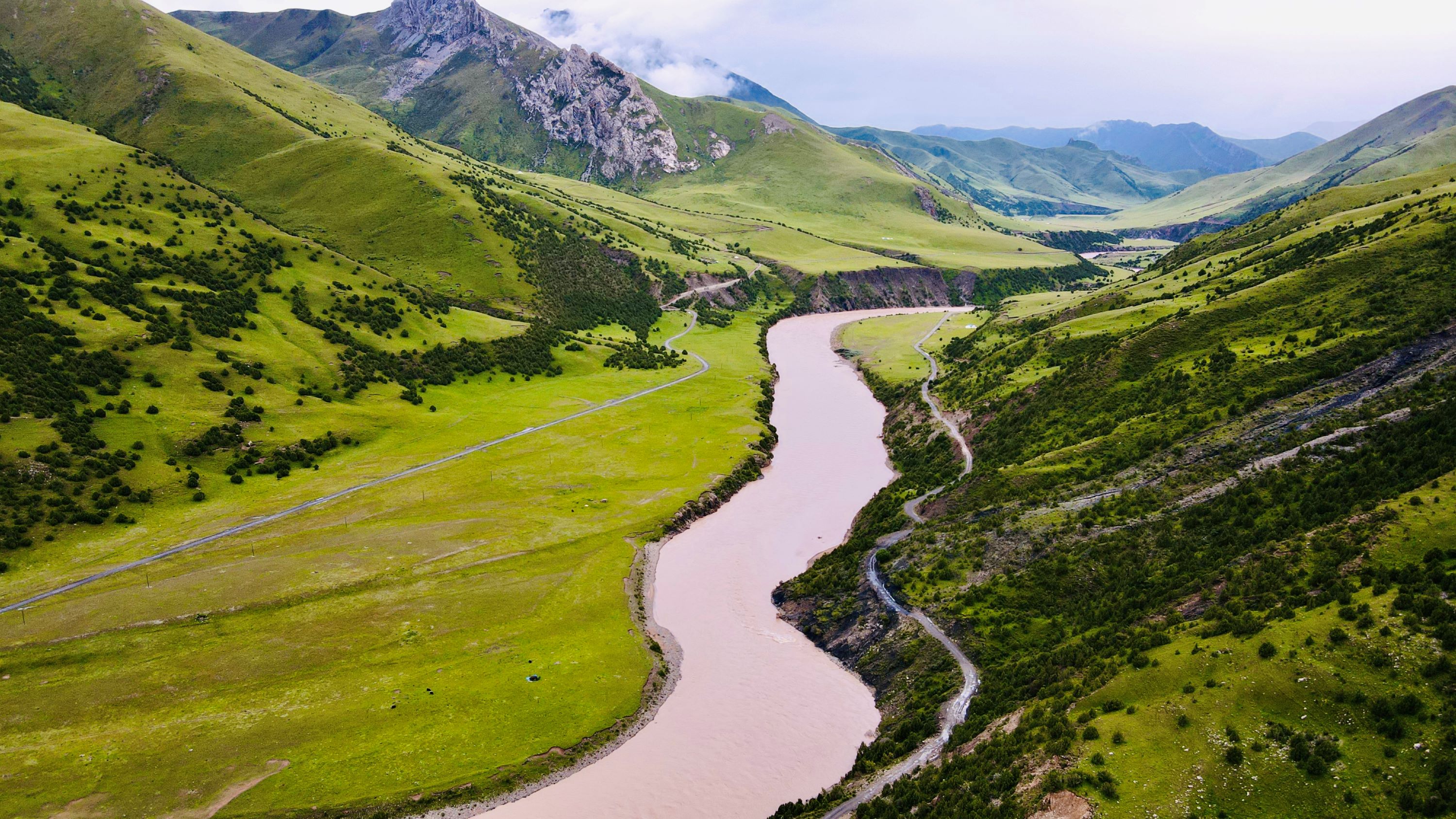
The source region of the Lancang River is located in Zaduo County, Yushu Tibetan Autonomous Prefecture, including two protection areas of Guozongmucha and Angsai of Qinghai Sanjiangyuan National Nature Reserve. It is dominated by river plateau canyons and has alpine forests, shrubs, grasslands, and meadows. Protected animals such as Tibetan antelope, wild yak, Tibetan wild donkey, argali, bharal, white-lipped deer, red deer, brown bear, wolf, Tibetan Eared-pheasant, and indigenous fish such as Ptychobarbus kaznakovi, Schizopygopsis anteroventris are rich in species, and it is the most densely distributed area of snow leopards in the world. It focuses on the protection of glacier snow mountains, glacial erosion landforms, alpine canyons, and wildlife in the source area of the river.
Ecological Resources of Sanjiangyuan
Sanjiangyuan is an area with the most significant biodiversity characteristics in high-altitude areas in the world. The vegetation types include coniferous forest, broad-leaved forest, mixed broadleaf-conifer Forest, shrubs, meadows, grasslands, swamps, aquatic vegetation, cushion and open vegetation, etc. There are 16 species of first-level national key protected animals such as Tibetan antelope, wild yak, and snow leopard, 35 species of second-level national key protected animals such as bharal and Tibetan antelope, in addition, there are 32 species of provincial-level protected animals such as mugwort tiger, corsac fox, bar-headed geese, and tadorna ferruginea. The unique landform types, rich wildlife types, colorful forest and grassland vegetation, and beautiful water types in the area are beautiful natural scenery.
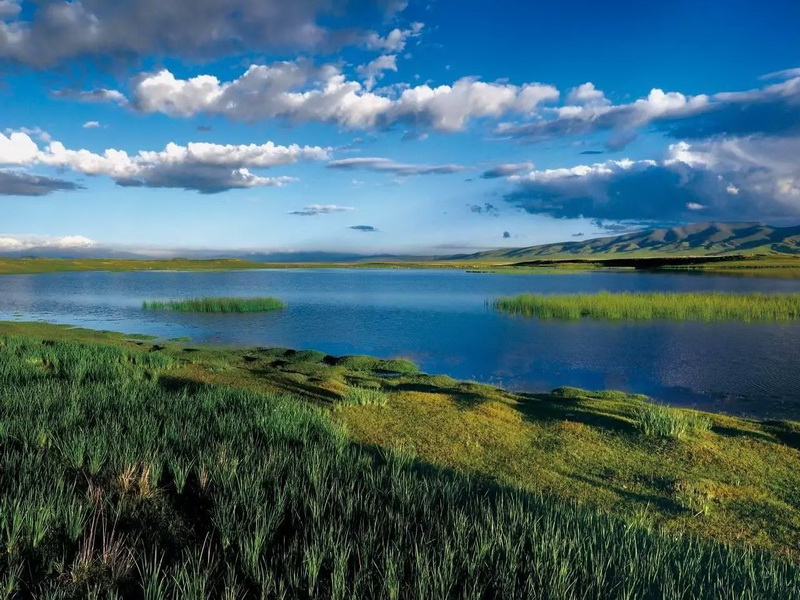
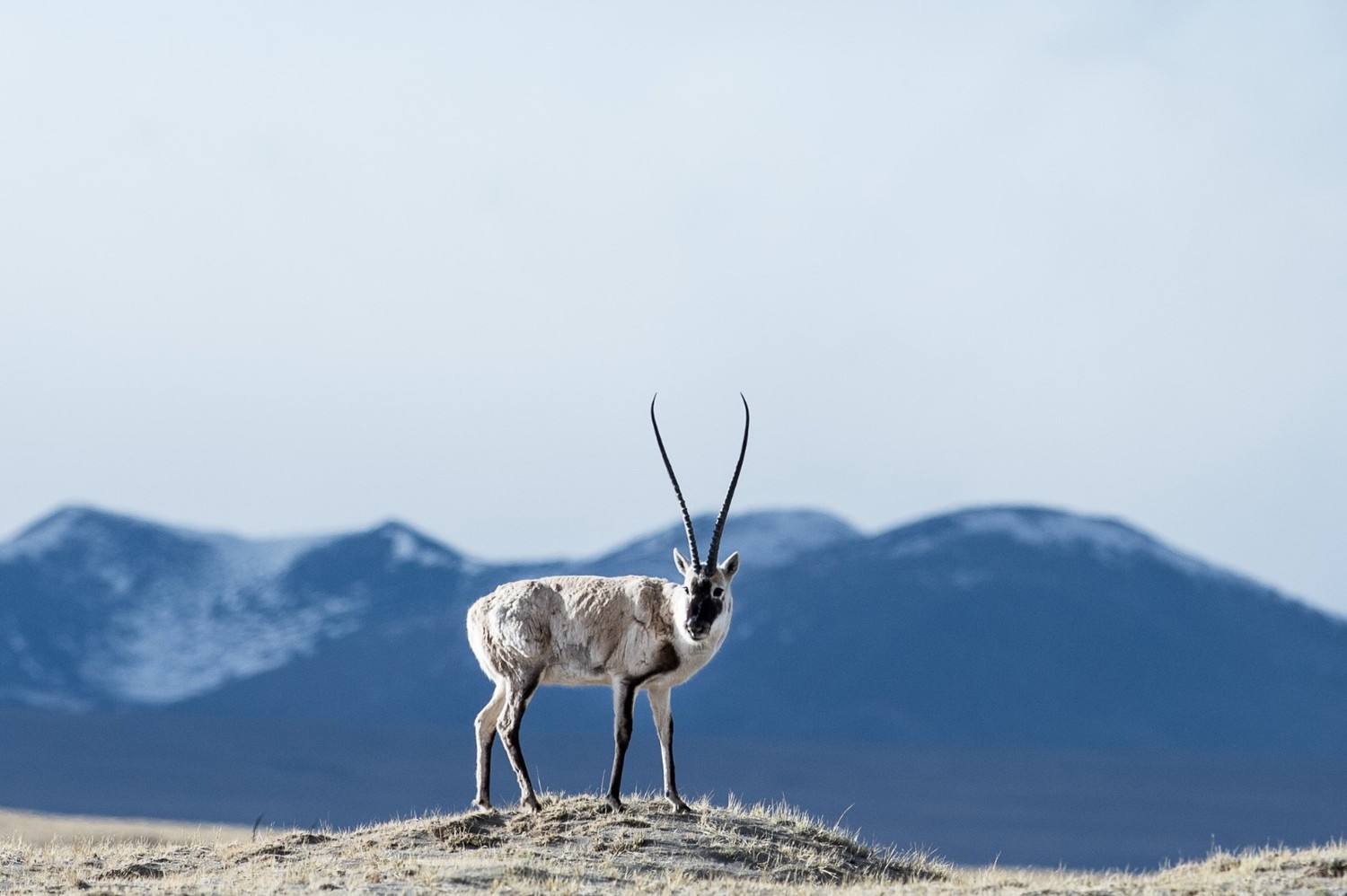
Climate of Sanjiangyuan
The climate in Qinghai Sanjiangyuan National Nature Reserve is a typical plateau continental climate. The area experiences alternating hot and cold seasons, distinct dry and wet seasons, small annual temperature differences, large daily temperature differences, long periods of sunshine, and strong radiation.
The average annual temperature is -5.6 ~ 3.8℃. In July, the hottest month, the average temperature is 6.4 ~ 13.2℃, and the extreme maximum temperature is 28℃. The coldest month in January is -6.6 ~ -13.8℃, with extreme minimum temperatures of -48℃.
The average annual precipitation is 262.2 ~ 772.8 mm, of which the precipitation from June to September accounts for about 75% of the annual precipitation.
Features
Location: Yushu Tibetan Autonomous Prefecture
Acreage: 15.23 million hectares
Climate: Plateau continental climate
Altitude: 3335m - 6564m
Type of Nature Reserve: Wetland nature reserve
Travel Information
Opening Time: 08:00-17:00
Ticket Price: Free
Best Time to Travel: May to October
Transportation: From Xining to Yushu to Guoluo, there are roads connecting every scenic spot.




































